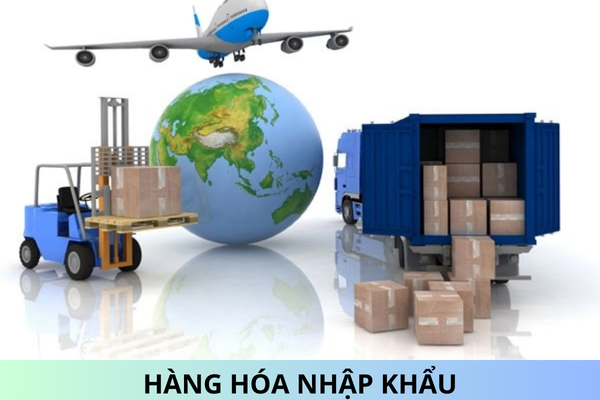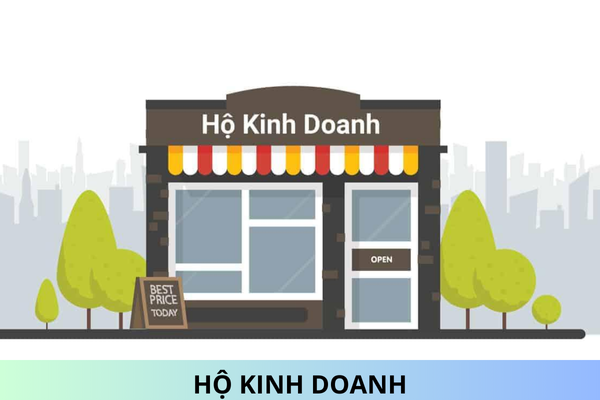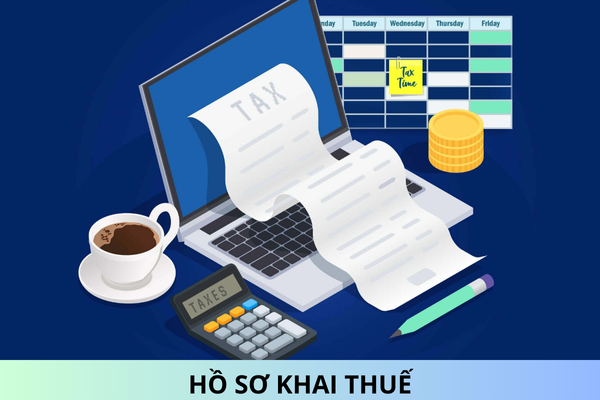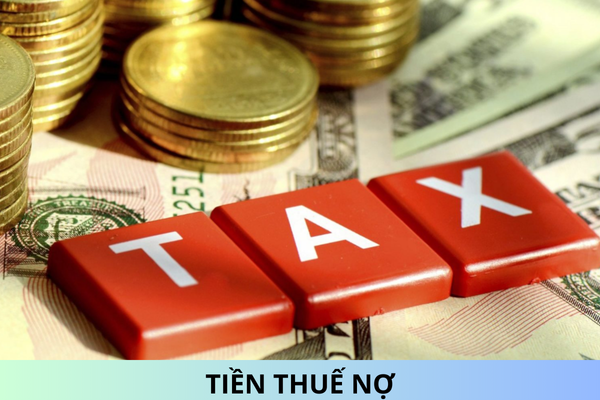What are operational functions, operating assets and risks arising from business activities of enterprises in related-party transactions in Vietnam?
What are operational functions, operating assets and risks arising from business activities of enterprises in related-party transactions in Vietnam? What are regulations on contractual terms of related-party transactions in Vietnam?
Thank you!
What are operational functions, operating assets and risks arising from business activities of enterprises in related-party transactions in Vietnam?
Pursuant to Clause 3, Article 10 of the Decree 132/2020/NĐ-CP stipulating operational functions, operating assets and risks arising from business activities as follows:
3. Operational functions, operating assets and risks arising from business activities of each contracting party, and operating assets and risks in relation to opportunity costs, economic conditions, and conditions of the whole industries or sectors, business lines and geographical positions of taxpayers, shall be analyzed to determine factors measuring the capability of gaining profit from business activities and practical situation of those business activities which these taxpayers have performed in connection with their functions and use of associated assets, capital, costs and expenses.
Comparability analysis results must reflect main functions in the relationship between, the use of assets, capital and opportunity costs as well as risks associated with the use of these assets, capital and opportunity costs for investment purposes, and the capability of gaining profit, which are performed by taxpayers in relation to their business transactions, specifically as follows:
a) Certain main functions of the subsidiary in the entire value chain of a multinational enterprise group including the research and development function, e.g. contract-based research and development services, in-house research and development, technical and technological development and product design activities; the manufacturing function, e.g. in-house manufacturing, licensing manufacturing, contract manufacturing, toll manufacturing, assembling and installation of equipment; sale, purchase and management of raw materials and other activities; distribution, e.g. distribution on its own, limited risk distribution, commission agent, wholesale distribution, retail distribution; provision of support services, e.g. legal, accounting and finance, credit and collection, training and personnel management services; provision of transportation and warehousing services; brand development activities, e.g. marketing, advertising, publicity, market research and other functions within the value chain in the industry;
b) Certain key financial assets of a subsidiary including intangible property, e.g. technical know-how, copyright, trade secrets, secret formulas, patents, intangible assets related to commercial and marketing activities, e.g. brands, brand building and identity systems, lists, figures and relationships with customers; tangible assets, e.g. plant, machinery and equipment; financial assets, rights and economic benefits created by these assets during the process of exploitation, use and transfer thereof;
c) Certain major business risks including strategic risks or market risks arising from implementation of business strategies, e.g. market penetration, expansion or maintenance; risks associated with infrastructure or goods inventory; financial risks, e.g. credit risks, bad debt risks, foreign exchange risks; risks associated with transactions, e.g. risks arising from factors such as price and payment terms in commercial transactions; product risks arising from design, development and manufacturing of product, product quality management and after sales services; business risks associated with capital investments, the number of customers and force majeure risks.
Analysis of the taxpayer’s business risks in the entire value chain of the multinational group aims to determine material risks to the entire value chain of the industry, capability of controlling risks such as capability of making decisions on risk management and dealing with risks likely to arise in the reality, e.g. identification of major economic risks, assessment of degree of allocation and arrangement of risks specified in legally binding agreements or documents or arrangements of the taxpayers; analysis of functions of controlling and minimizing risks in legally binding agreements or documents or arrangements; examination and review of performance of these functions, bearing and allocation of risks of the taxpayer in reality. In case where there is any difference between the allocation of risks in legally binding agreements, documents or arrangements and that carried out in the reality, based on the results of risk analysis, tax authorities shall be accorded the authority to decide to re-allocate risks and adjust levels of price, profit margins and profit split ratios of taxpayers.
What are regulations on contractual terms of related-party transactions in Vietnam?
Pursuant to Clause 4, Article 10 of the Decree 132/2020/NĐ-CP stipulating contractual terms of related-party transactions in Vietnam as follows:
4. Contractual terms of transactions include certain terms regarding volumes and conditions of the transaction or product distribution; duration, conditions and methods of payment; terms and conditions of warranty, replacement, improvement, update, correction or adjustment of product; terms and conditions of exclusive rights to trade and distribute products; certain other terms and conditions having economic effects such as support and advisory services for quality control, user’s instruction, advertising and promotional activities.
a) In cases where terms and conditions of a legally binding agreement, credential or written agreement do not adequately reflect the reality of execution of such transactions between related parties, the comparability analysis shall be conducted on the basis of carrying out review of events occurring in the reality or financial data in order to identify economic characteristics, nature and risks associated with the practical reality of business of these parties;
b) Unless related parties enter into a legally binding agreement, document or arrangement in order not to recognize sales or expenses derived from technical assistance, synergies in the multinational group, sharing of business know-how or utilization of seconded or dual-contract staff, the comparability analysis is carried out to determine the nature, value of transaction, income generated from these transactions and contribution made by each related party. This is used as the basis for comparison with business decisions that may be accepted by independent parties under the same or similar conditions.
Best regards!










